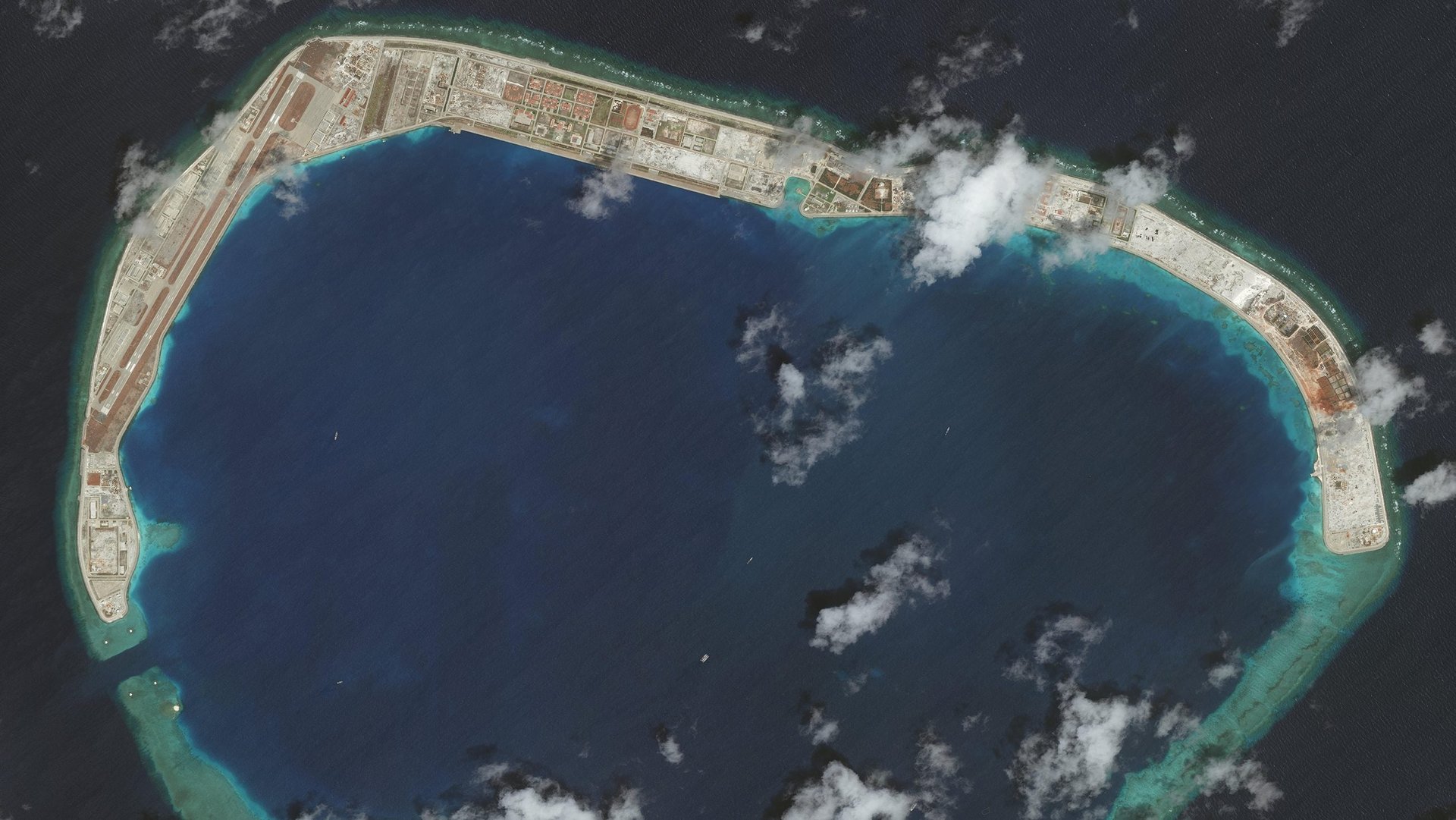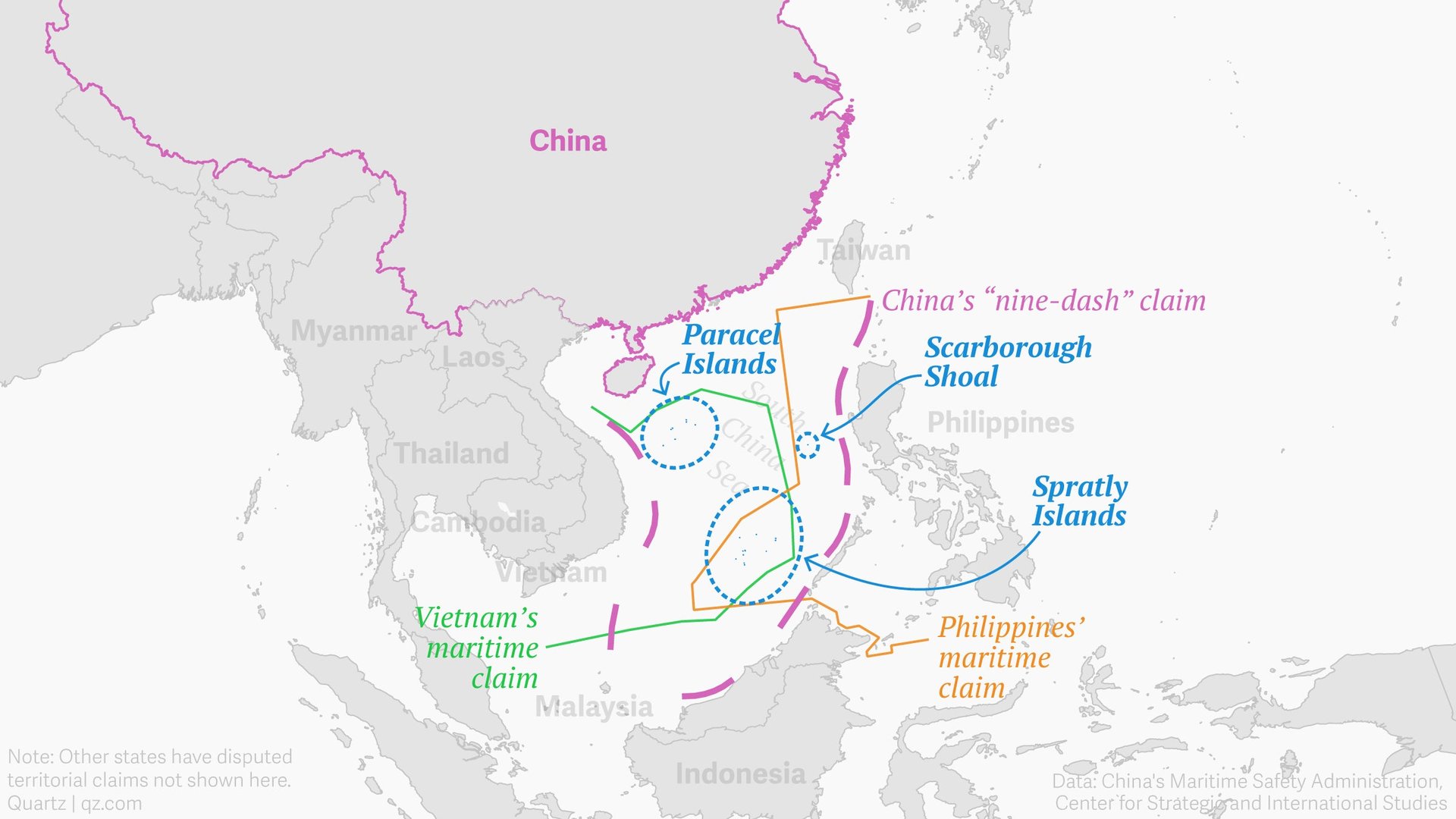China’s South China Sea plan unfolds regardless of the coronavirus
Recent developments in the South China Sea might lead one to assume that Beijing is taking advantage of the coronavirus crisis to further its ambitions in the disputed waterway. But it’s important to note that China has been following a long-term game plan in the sea for decades. While it’s possible that certain moves were made slightly earlier than planned because of the pandemic, they likely would have been made in any case, sooner or later.


Recent developments in the South China Sea might lead one to assume that Beijing is taking advantage of the coronavirus crisis to further its ambitions in the disputed waterway. But it’s important to note that China has been following a long-term game plan in the sea for decades. While it’s possible that certain moves were made slightly earlier than planned because of the pandemic, they likely would have been made in any case, sooner or later.
One of China’s greatest weapons in the sea is simply patience. In the mid-90s, Beijing reassured Manila that its new stilted structure at Mischief Reef, located in the Spratly islands just 217 km (135 miles) from a Philippine coast, was a fishermen’s shelter. By 2018 the reef had been turned into a militarized artificial island complete with anti-ship cruise missiles. The transformation was likely Beijing’s intention all along, even though in September 2015 Chinese president Xi Jinping promised the Spratlys would not, despite all appearances, be militarized.

Last month, China caused alarm by establishing new administrative districts for the Spratly and Paracel archipelagos and naming 80 islands and other geographical features in the sea, claiming sovereignty over underwater features along the way. (Mischief Reef, in its natural state, was submerged at high tide.)
China’s announcements drew quick rebukes from other nations with claims in the sea, including Vietnam and the Philippines. Those countries and many others have railed against China’s expansive claims to nearly the entire sea, which Beijing justifies with its dubious “nine-dash line.” The Philippines won a case in an international tribunal against China’s claims in July 2016.
None of that stopped China from slowly improving its posture in the sea by fortifying its militarized islands and intimidating other nations trying take advantage of resources (including oil) in parts of their own exclusive economic zones that overlap with the nine-dash line.

US Secretary of State Mike Pompeo last month warned Southeast Asian foreign ministers that China “has moved to take advantage of” the coronavirus distraction with its “unilateral announcement of administrative districts over disputed islands and maritime areas in the South China Sea.”
Taking a broader view, however, China’s moves fit right in with its long-running “salami-slicing” strategy in the sea: the slow accumulation of small actions, none of which merits a major reaction from other countries but that over time add up to a major strategic change. Nearly every action China has taken in the sea in recent months and indeed decades has stemmed from this patient tactic.
Of course, the risk remains that an incident between Chinese and US naval forces spirals into a bigger problem. The South China Sea ranks among the world’s top geopolitical hotspots for a reason.
But it’s highly likely that China intended to announce those administrative districts and name those islands long before the coronavirus came along, just as it already planned to militarize the Spratlys back when it erected a “fishermen’s shelter.”